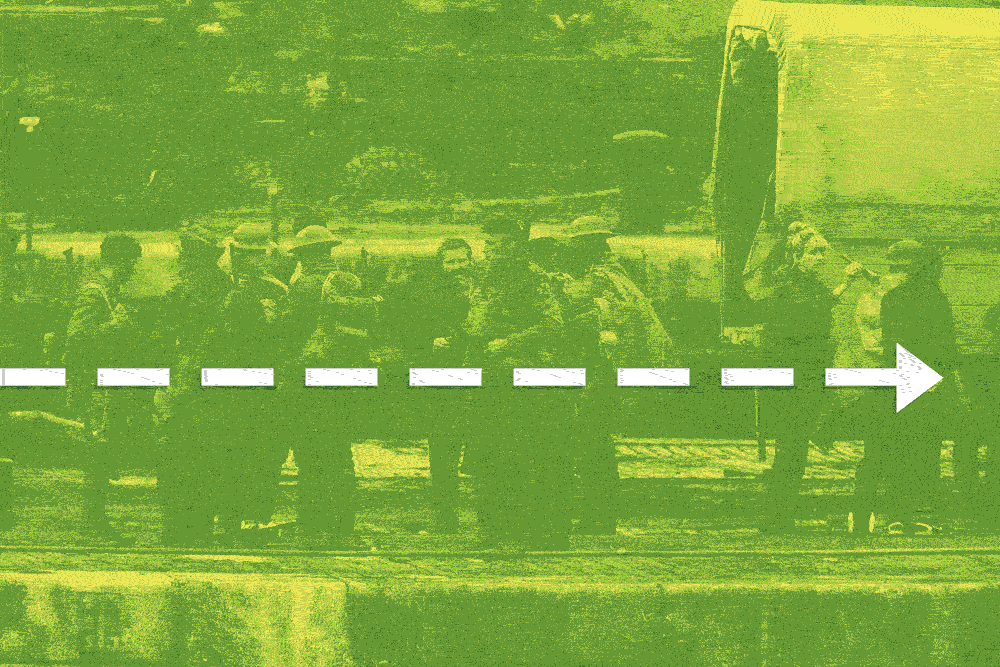
In the first few seconds of 1917, a sergeant steps into the frame from off screen right, disrupting the slumber of two lowly lance corporals, Blake and Schofield. The sergeant kicks Blake awake and tells him to pick a companion and bring his kit. Through the nearly static camera, which is trained on the two recumbent Tommies, we see something important: Schofield doesn’t want to go. Although he opens his eyes at the sound of the sergeant’s voice, he closes them again before Blake looks over, hoping his friend will choose someone else. No such luck: Blake holds out his hand, and Schofield grudgingly gets up. He’ll do his duty, but after surviving the Somme, he knows that a nap far from the front line is as good as his day is going to get.
What we don’t see in that scene is the face of the sergeant, who’s pictured from the waist down. He quickly comes and goes, and the life-altering orders he dispenses emanate from on high, a level removed from the grunts who live their lives at the mercy of men they haven’t met—the ones who shoot and shell them from afar and the ones on their own side who send them into battle. That’s important, too. In 1917, what we don’t see matters just as much as what we do.
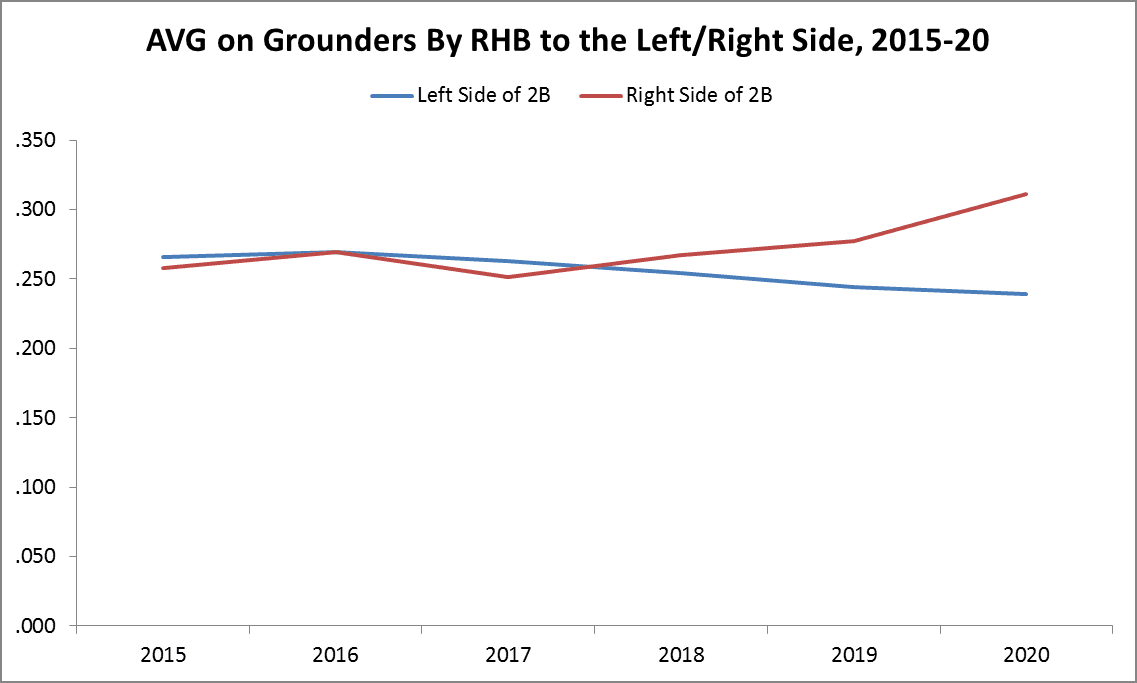
At the beginning and end of Sam Mendes’s movie—which he made as a tribute to his grandfather, a World War I vet—Schofield (played by George MacKay) rests his head on a tree that stands next to a deceptively idyllic-looking field. In between, he travels through several circles of human-made hell, narrowly escaping being buried, drowned, shot, and stabbed and desperately slaying or fleeing from a series of soldiers who stand in his way. Throughout the two-hour odyssey, the camera keeps moving but never strays far from Blake (Dean-Charles Chapman) and Schofield, ensuring that the audience’s perspective is almost the same as the soldiers’. Through precise planning and rehearsal, editing artifice, and the use of innovative technology, Mendes and cinematographer Roger Deakins made a movie that actually contains dozens of cuts look like the product of a continuous take.
The degree of difficulty on display in each frame of the film has helped 1917 and its creators collect a load of hardware. Mendes, who’s nominated for the Academy Award for Best Director—one of 10 nominations 1917 received—has already landed the equivalent Golden Globe, BAFTA, and DGA awards. Deakins, a 15-time Oscar nominee who finally won one in 2017 for Blade Runner 2049, is up for Best Cinematography again and took home a BAFTA Award this week. The movie they made won best picture at the Globes, BAFTAs, and Producers Guild Awards, making it a clear favorite for the top honor at the Oscars, where it also seems likely to clean up in technical categories, including Best Visual Effects and Best Production Design.
When one watches the featurettes on YouTube about the behind-the-scenes efforts that made 1917’s mostly seamless appearance possible, the extent of the coordination required becomes clear. Compared to past films with one-shot structured or extended takes, 1917 operates on a more massive scale. Unlike Alfred Hitchcock’s pioneering Rope, which was shot on a single set, 1917 constantly propels its protagonists forward over varied terrain; they never retreat, so the scenery never repeats. The movie is a technical marvel, deservedly celebrated for its feats of trickery and timing. But the choice to present Schofield’s story in one faux-continuous take is more than a marketing gimmick (although it’s a heck of a hook) or a flex for Mendes and Deakins. It’s a fitting way to tell the story of two men making their way through a bewildering world in which communications are cut, orders are unreliable, and obliteration lurks ahead, above, and below. In 1917, no one sees farther than their immediate surroundings. By restricting our view to what Blake and Schofield see, Mendes and Deakins ensure that we won’t either.
When we meet Blake and Schofield, their eyes are closed, and Blake’s tipped-forward helmet hides all but the bottom of his face. Lack of sight is something of a theme: The first casualty they encounter is a man in a stretcher whose eyes are bloody pits obscured by a bandage, and Schofield gets temporarily blinded in a booby-trapped bunker. The able-bodied soldiers can’t see much more: Their horizons are hidden by the walls of the trenches. General Erinmore doesn’t know that the major in command of the nearby Yorks is dead, and the Yorks, huddled at the edge of no-man’s-land, don’t know that their foes have retreated. Even the officers, who huddle in dark dugouts, are almost on their own: The Germans have cut the telephone lines, and Erinmore can’t contact Colonel Mackenzie of the 2nd Devons, who’s about to fall for a trap.
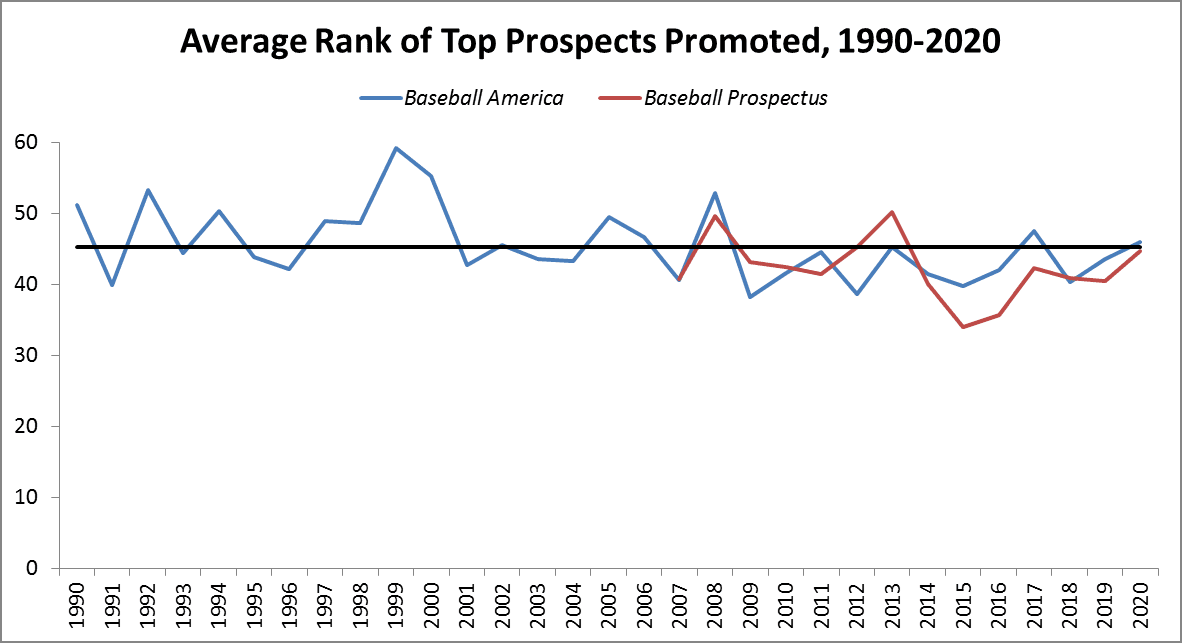
When word does come down from command to the enlisted men, it’s mostly misleading. Blake complains that the “big push” was supposed to start weeks ago and laments a broken promise that the war would be over by Christmas. His sergeant is equally clueless: The Germans are up to something, he says, but beyond that, all he knows is that “it’s bound to ruin our weekend.” The Yorks don’t even know when the weekend will be: It’s Friday, but one of the men thinks it’s Tuesday. Later in the journey, Blake and Schofield spot two friendly planes heading home. “I wonder what they saw,” Schofield says, longing for a clearer look. When he boards a truck in a convoy, one of his seatmates says, “Welcome aboard the night bus to fuck knows where.” Soon, Schofield’s watch breaks, leaving him disoriented in space and time.
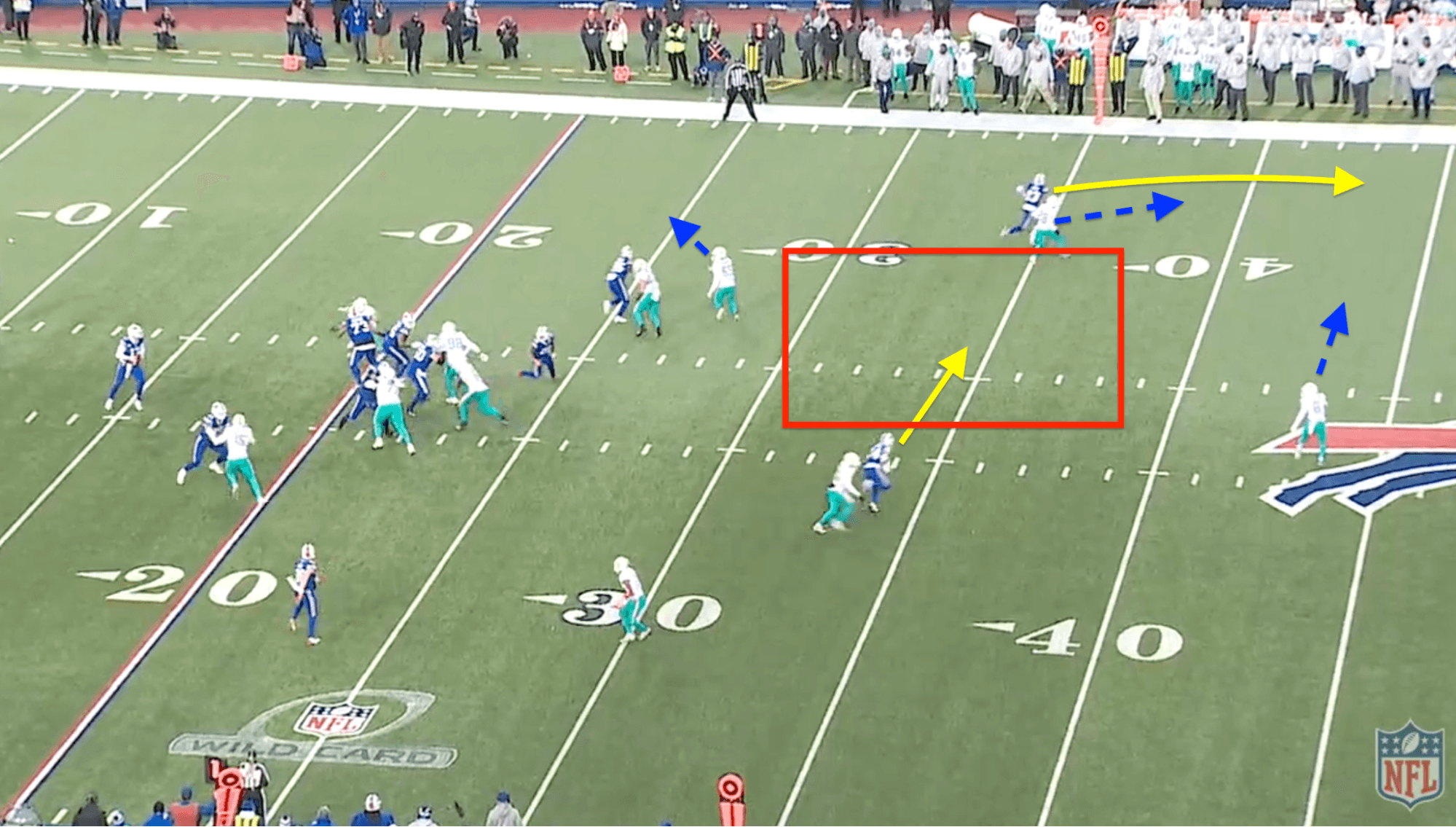
Reminders of death are everywhere: Corpses poke out of crater walls, lie mostly submerged in fetid puddles, and stand lazily like scarecrows impaled on barbed wire. As he searches for the Yorks, Schofield steps on the dead and doesn’t know it. On several occasions, he comes close to joining them, often without warning: Trip wires await underfoot, invisible snipers open fire from afar, flares expose him as he cowers without cover, and shadowy figures who at first look like allies charge with weapons bared. When Schofield loses his balance and splays out his hand, he sticks it through a rotting chest cavity. If the Germans don’t get him, the gangrene will.
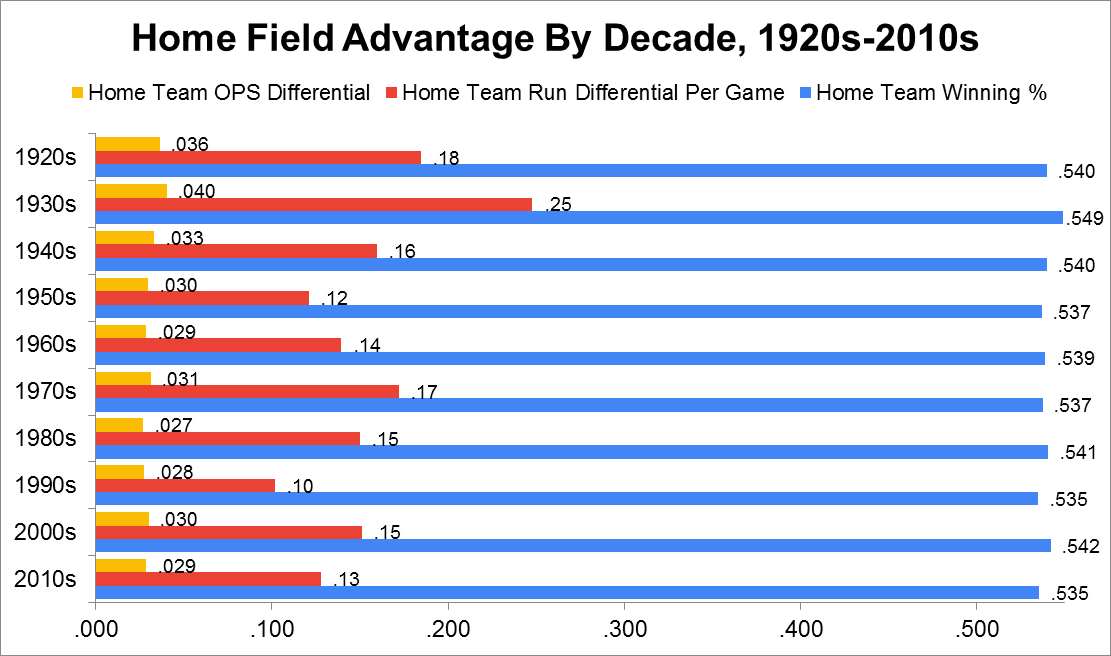
In one of the film’s few open vistas, clouds of smoke billow in the distance, hinting at hidden trouble on all sides. One of those remote menaces becomes an immediate danger. A farmhouse Blake and Schofield find turns out to be abandoned, but that doesn’t mean it’s safe: Death descends from above in the form of a pilot whose damaged plane was shot down in a dogfight. The plane disappears behind a ridge, then reappears on a collision course with the ground-bound soldiers. Blake and Schofield evade the plane and pull its pilot free, but the wounded man repays them for the rescue him by fatally stabbing Blake.

One can imagine a version of 1917 that looks more like most movies. In that version, we might see the 2nd Devons preparing to attack as Blake and Schofield set off, hammering home why their mission matters. Maybe we would be figurative flies on the wall at meetings between the higher-ups who issue their orders. Maybe we would see them through the eyes of their enemies, get an overhead view of the route they’re trying to take, or see visions or flashbacks of their families instead of sneaking peeks at faded photos. In the version Mendes and Deakins made, we don’t do any of that. Blake and Schofield are almost always on the screen, and the only intentionally telegraphed cut comes when Schofield blacks out just past the middle of the movie. The screen doesn’t go dark again until he closes his eyes at the end. That strictly enforced attachment makes fast foxhole buddies of the audience and Schofield; we bond with him as we would with a video game character that we can control. He has his own life, but he’s our avatar, too.
By rejecting the visual language moviegoers are accustomed to—the familiar rhythm of establishing shots, cuts, and close-ups—Mendes and Deakins risk drawing attention to their craft and distracting us from the story. At first, viewers may feel overly conscious of the camera and wonder why they’re watching Blake and Schofield walk through camp instead of skipping straight to their briefing. On repeat viewings, the seams stand out more. According to Mendes, the longest take lasted only eight and a half minutes. It’s clear where some of the cuts come, even though they’re camouflaged. What’s more, Mendes’s self-imposed stylistic limitations force him to play fast and loose with time: Schofield estimates that the nine-mile trek through enemy territory will take six to eight hours, but he walks almost all of the way—except for a brief ride in the truck and another brief ride in the river—in less than two.
Eventually, though, one’s awareness of the subterfuge subsides. The “take” lasts so long that to me, at least, it stopped seeming like a stunt. I accepted it as the new normal and settled in for the rest of the ride. (Beyond a certain point, it’s clear that it can’t be one shot; if Richard Madden had flubbed a line in the last scene, Mendes and Deakins wouldn’t have had to shout “Back to one” and take it from the top.) Some viewers, like my colleague Danny Heifetz, may never even notice the extra effort, but they can’t help but notice the tension that flows from the relentless camera movement. As the camera floated in front of Blake and Schofield in the trench tracking shots, I felt as vulnerable as I would walking backward without looking in real life, mirroring the characters’ anxiety as they walk their perilous path. Mendes and Deakins never release us from the sense that something deadly lies ahead.
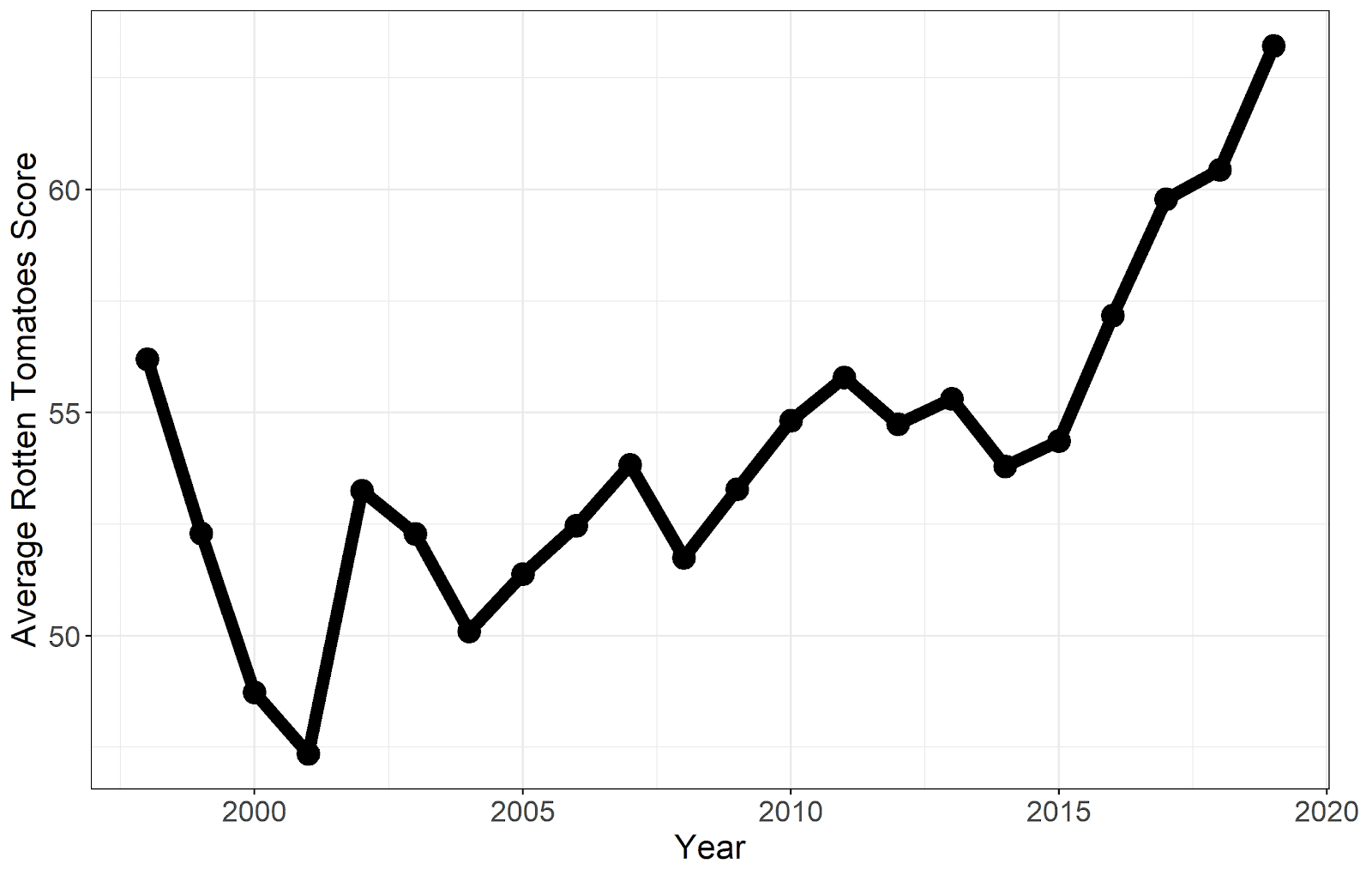
Only as Schofield sprints along the 2nd Devons’ line toward the end of the film does 1917 give us a glimpse of a larger engagement. The contrast between the close-quarters action and the climax it leads up to makes the set piece seem epic. Most of the movie is more limited in scope, focusing on two unremarkable men on one mission in a much larger conflict that drags on no matter how hard they fight. But by focusing on individuals, 1917 succeeds in saying something universal about why war is hell. When Schofield asks the general if he’s sending anyone else to the 2nd Devons’ aid, Erinmore quotes Kipling: “He travels the fastest who travels alone.” But Schofield is never entirely alone. We’re with him all the way.

